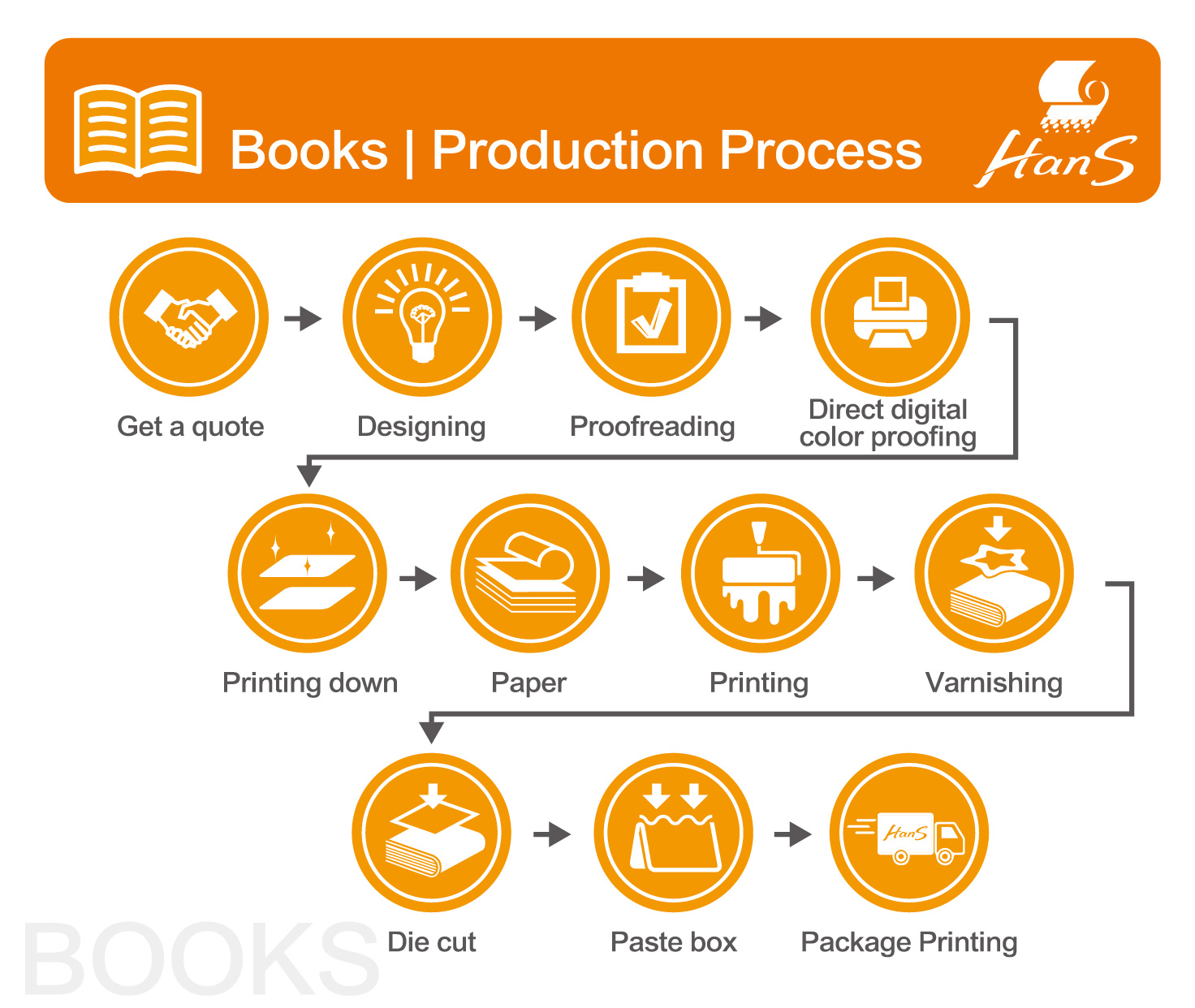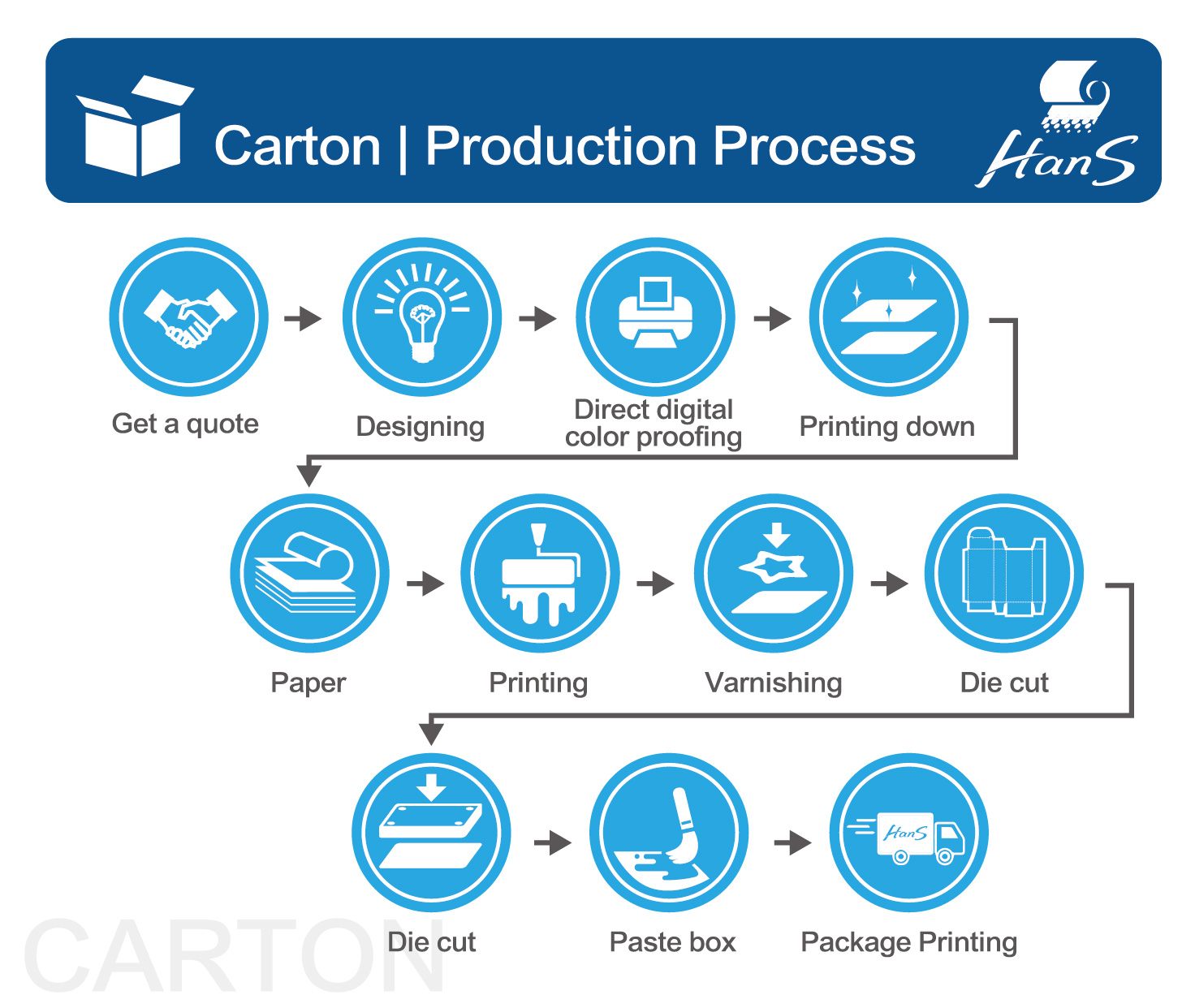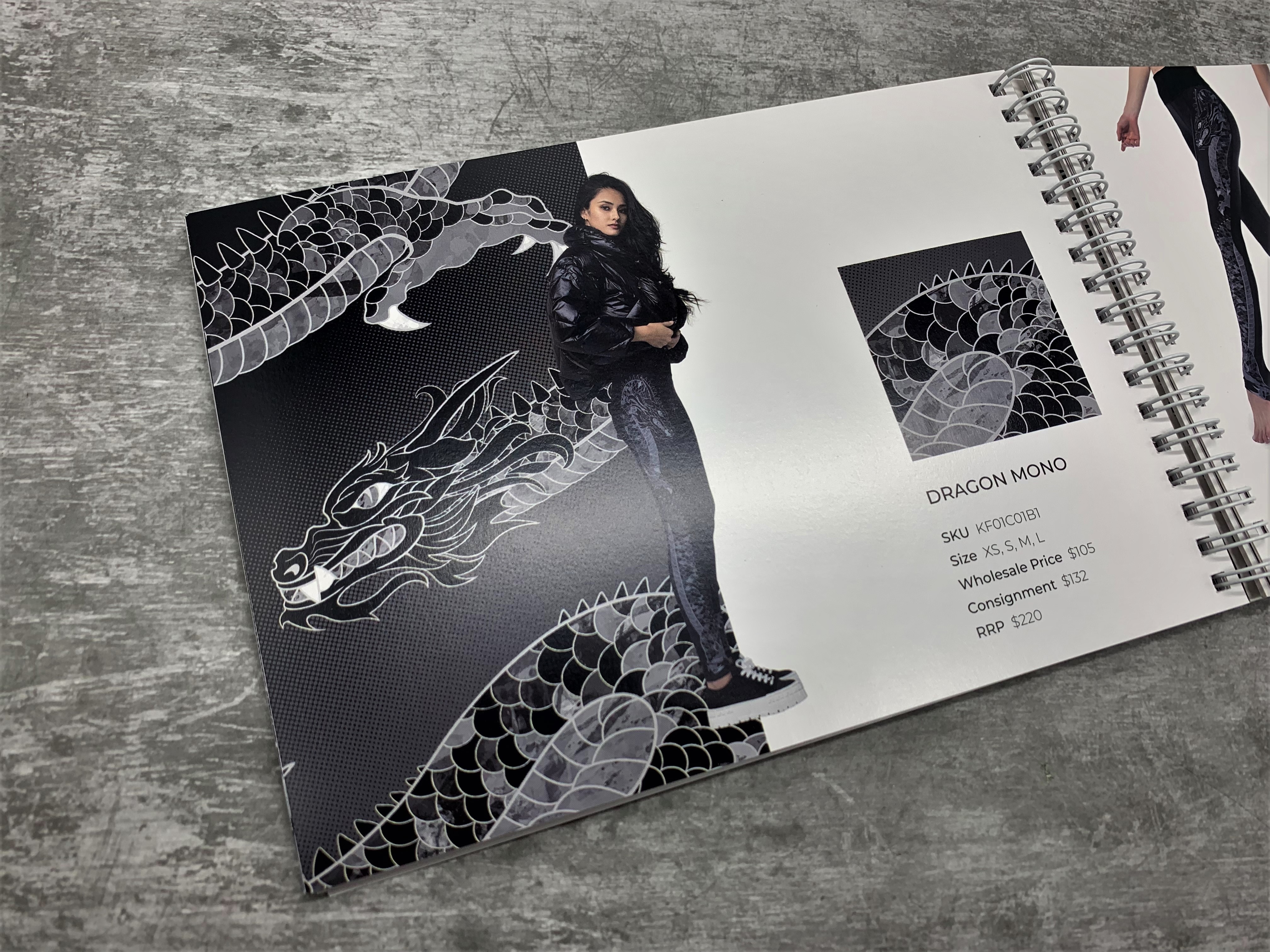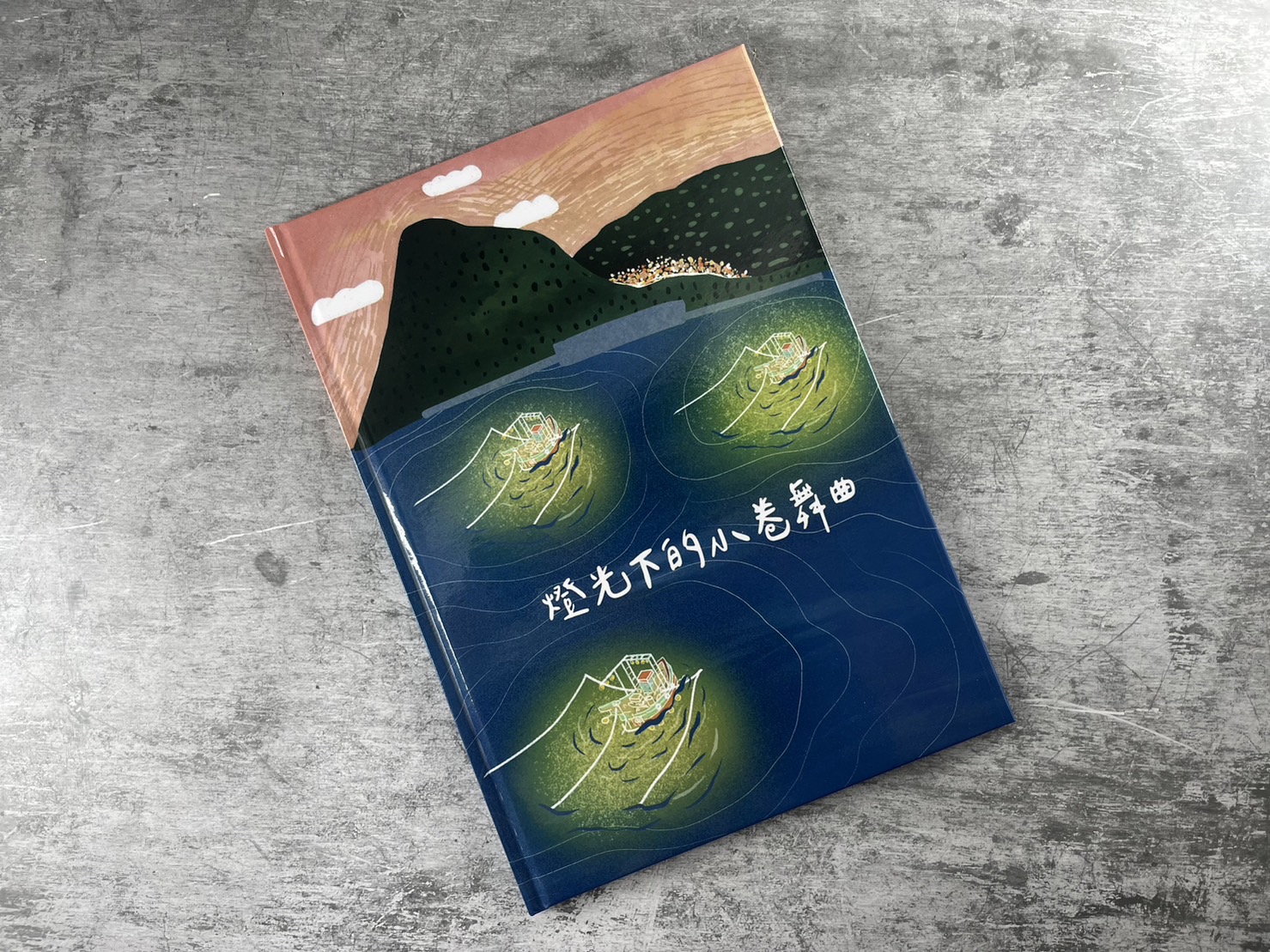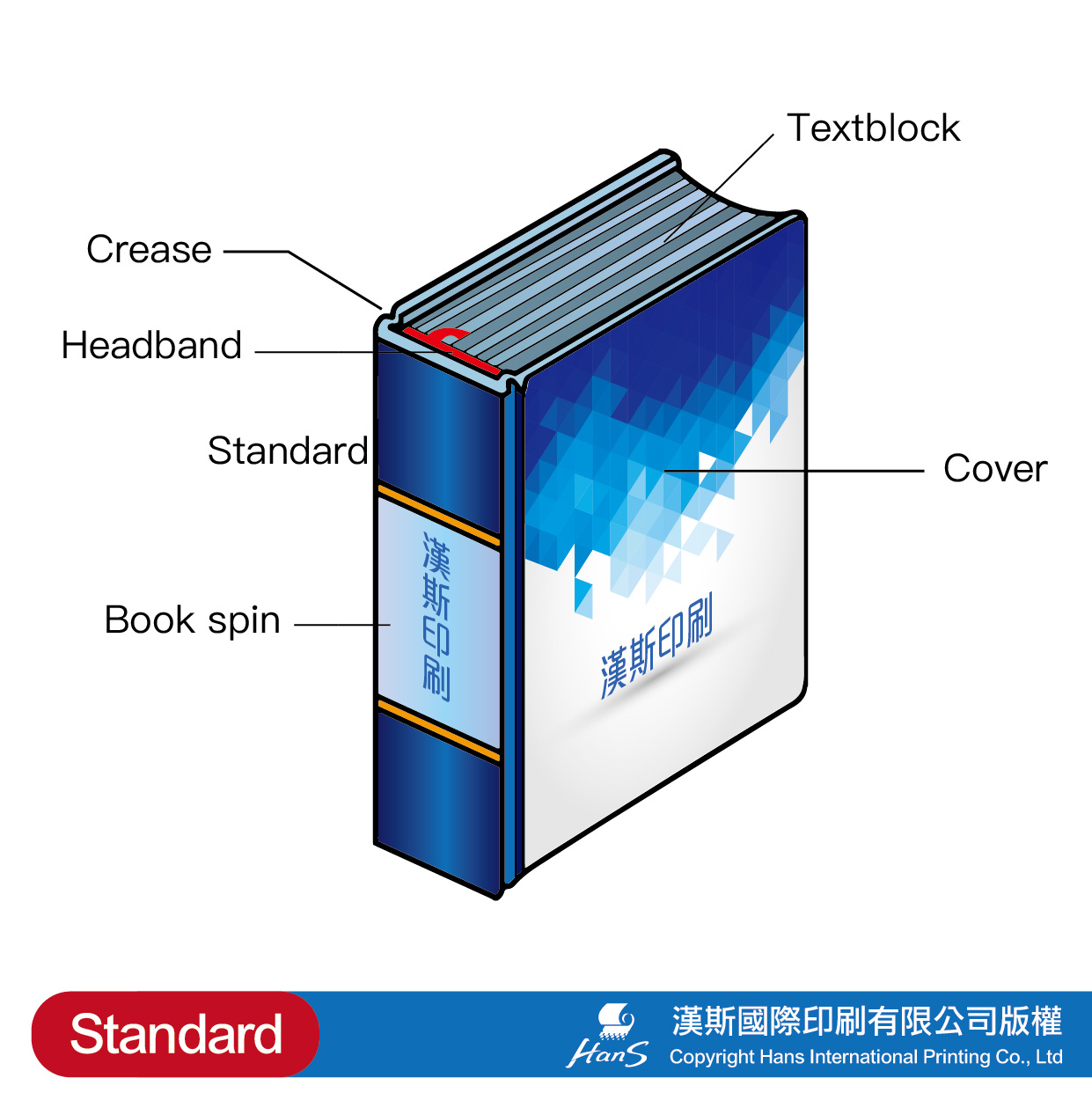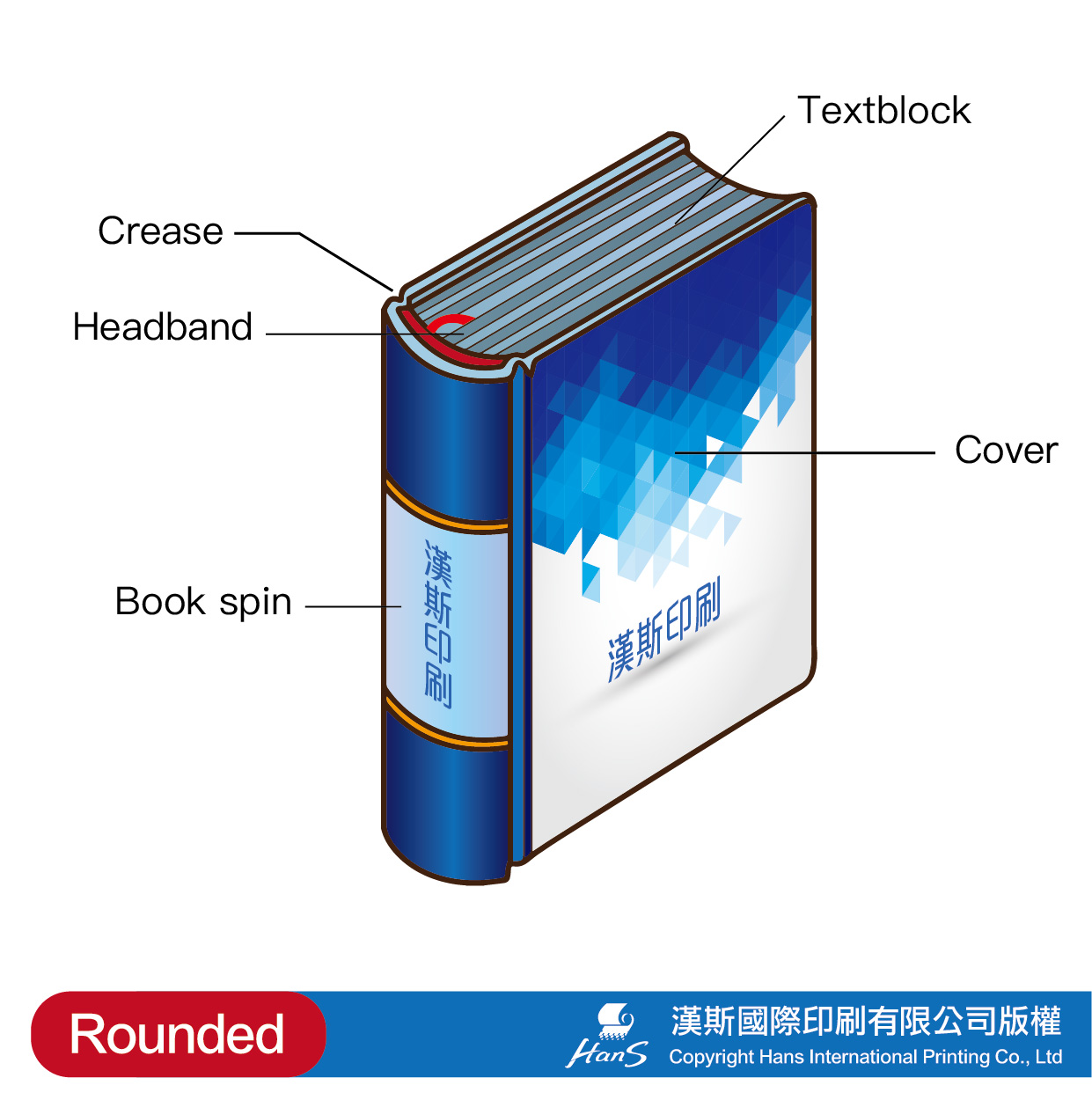For Different Book Printing Projects
-
sentiment_very_satisfied
Viewers:
- 0
• There are some specific considerations and guidelines for different types of book printing projects.
Softcover BooksFor softcover or paperback books, it’s essential to include a separate cover file and interior file. Here are the key points to consider: - Cover File: - Include the front cover, spine, and back cover. - Add the necessary bleed (usually 0.125 inches or 3 mm) and trim marks. - Ensure spine width is calculated accurately based on the page count and paper thickness. - Interior File: - Properly format with margins, headers, and footers. - Include crop marks and printer’s marks for efficient printing and trimming. - Use high-resolution images (300 DPI) and embed all fonts. |
|
Hardcover BooksHardcover book printing requires separate files for the case (hardcover), special finishes (if applicable), dust jacket (if applicable), and interior content. Key points include: - Case File: - Include the front and back cover designs, as well as the spine. - Add the necessary bleed and trim marks. - Dust Jacket File: - Include the front and back flaps, and spine design. - Ensure proper bleed and trim marks are included. - Interior File: - Similar formatting to softcover books with proper margins and layout. - Include crop marks and printer’s marks. |
|
Spiral BooksFor spiral-bound books, the print-ready file should be set up as a single, continuous layout, with pages in the correct reading order. Important considerations include: - Layout: - Ensure pages are arranged correctly. - Include sufficient bleed and trim marks for proper trimming and binding. - Binding Instructions: - Provide specific instructions for spiral binding placement and orientation. - Consider the hole placement and margin adjustment to avoid text and images being cut off. |
|
Cover Board BooksCover board books, typically aimed at young children, require specialized print-ready files due to their unique construction and durability requirements. Key points include: - Spreads: - Set up with spreads (two facing pages) as the basic unit. - Include proper bleed and trim marks. - Material Considerations: - Consider the thickness of the board and potential for warping or buckling during printing and binding. - Use durable materials suitable for heavy handling |
|
Summary- Softcover Books: Separate cover and interior files, with specific formatting and marks. - Hardcover Books: Additional files for the case and dust jacket, with detailed formatting. - Spiral Books: Continuous layout with binding instructions and proper marks. - Cover Board Books: Specialized files considering material thickness and durability.
By adhering to these guidelines and collaborating closely with your printer, you can ensure a professional and high-quality printed book.
|

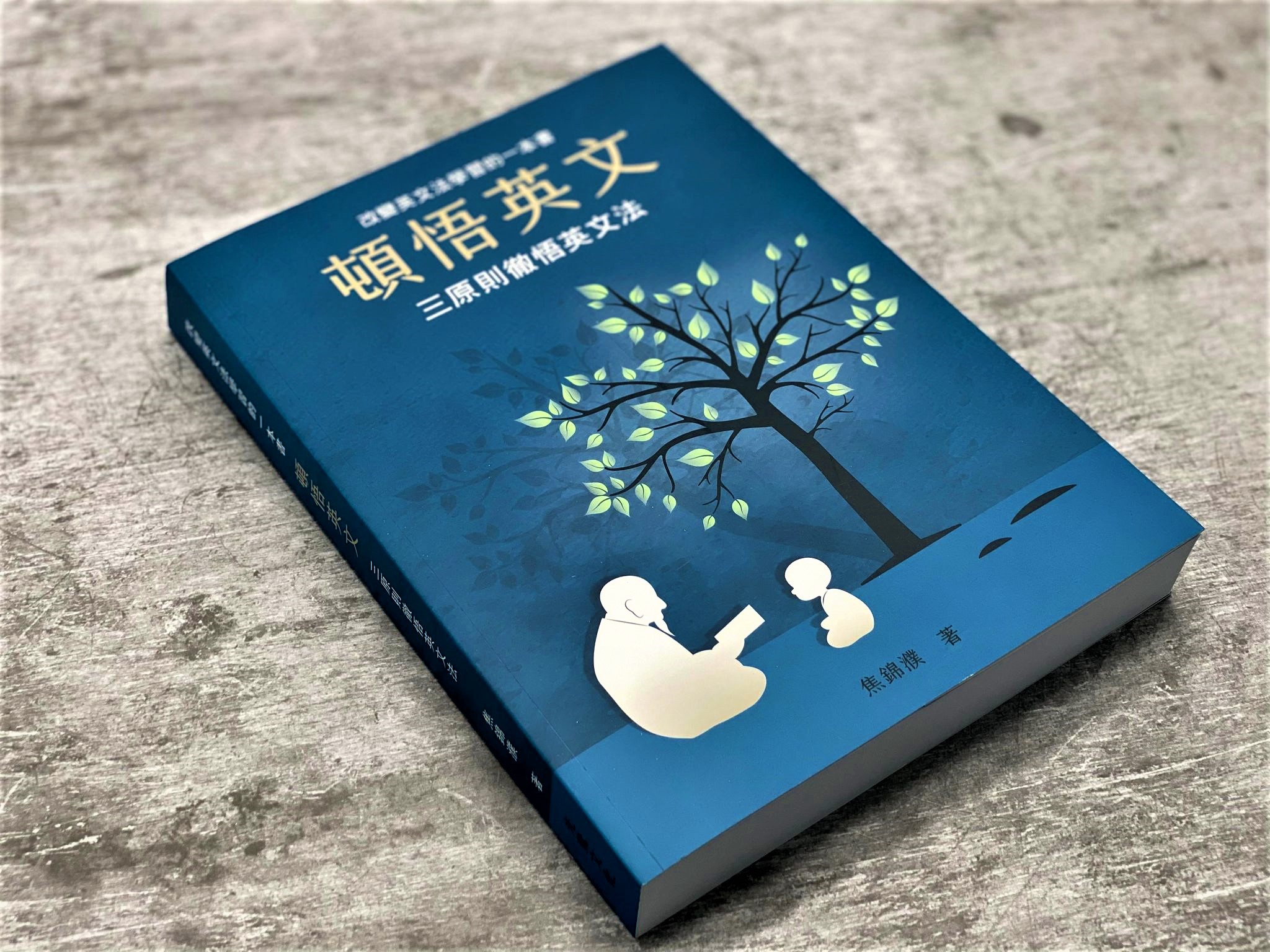
From planning and filing to the completion of printed matter, printing must go through many procedures, combined with the professional skills of countless people, such as graphic designers, commercial photographers, copywriters, typewriters, artists, color separation technicians, printing technicians, Public workers, printing technicians, bookbinding, varnishing and various processing technicians, etc., without any one, can not successfully complete the printed matter, so they are all important contributors.
We assist many enterprises and organizations in the integrated planning and production of printed materials, focusing on providing comprehensive printing integration services, helping you think more, do more, and win more under limited time and money.
